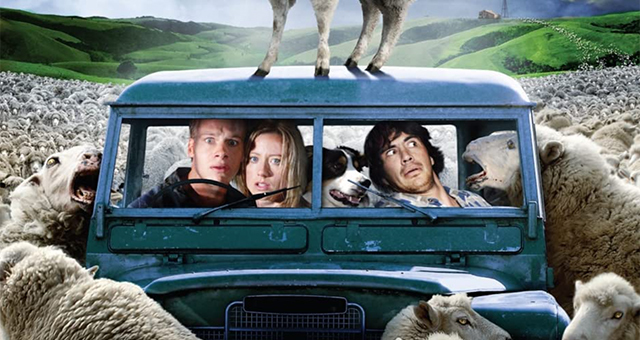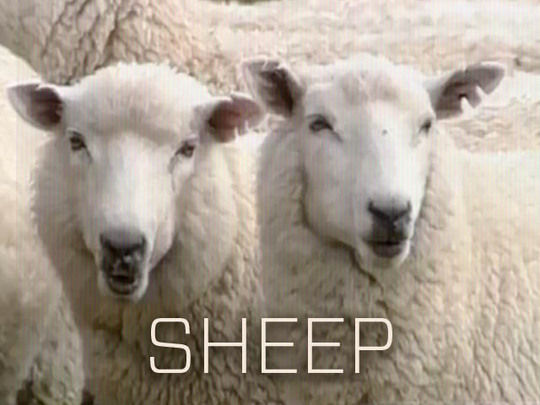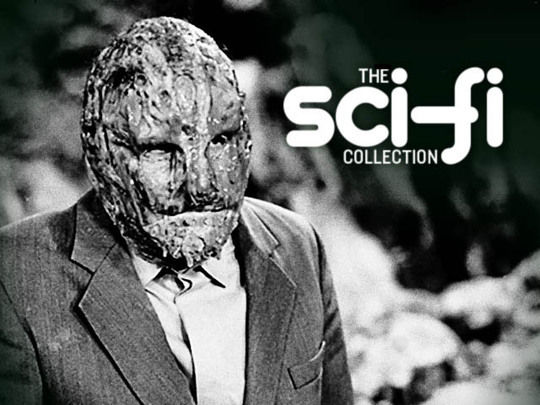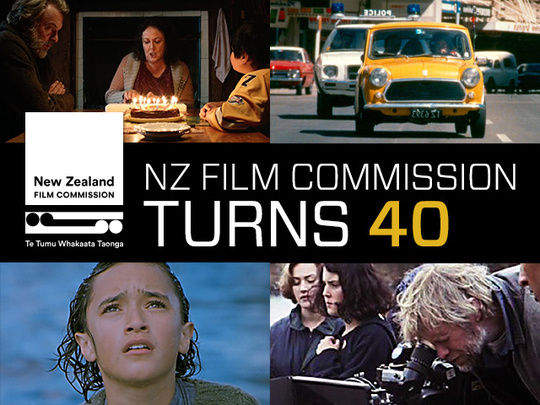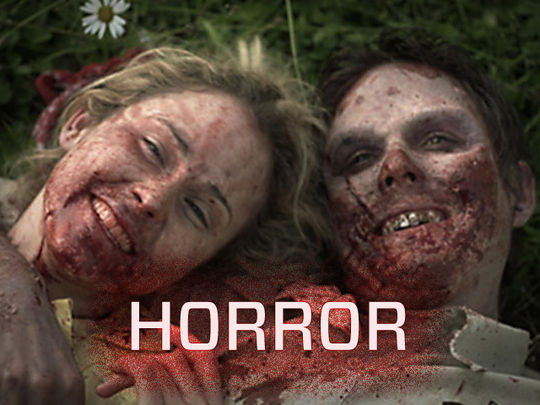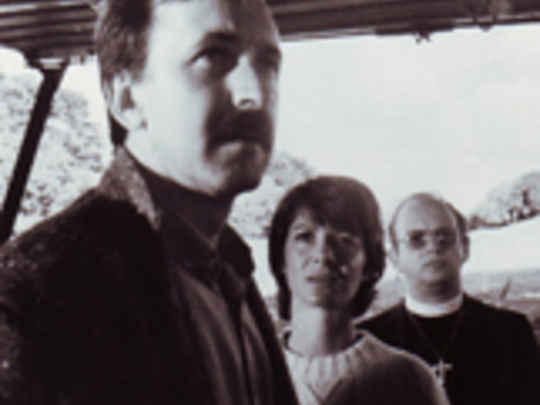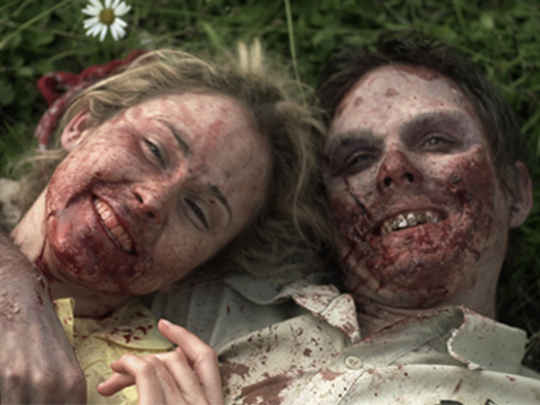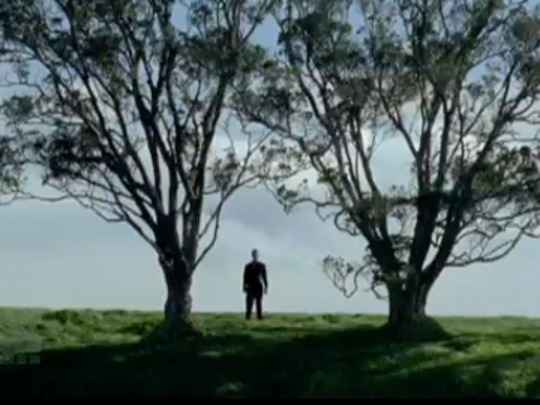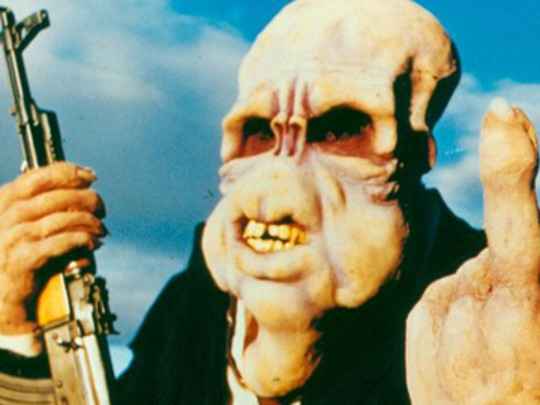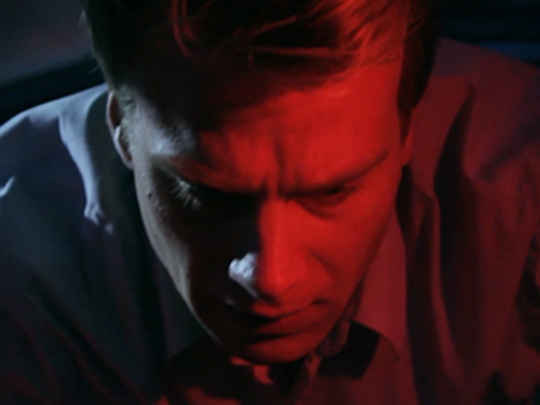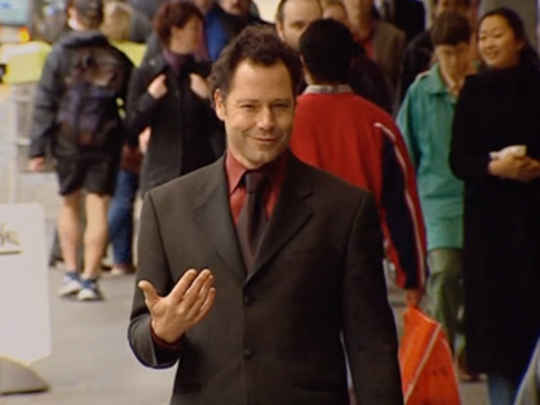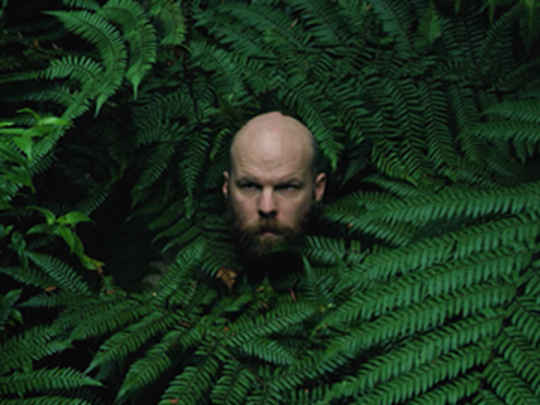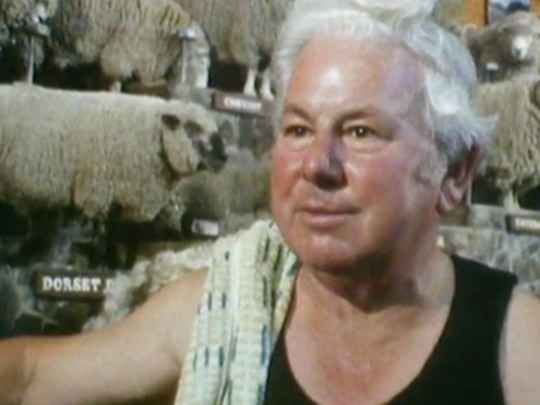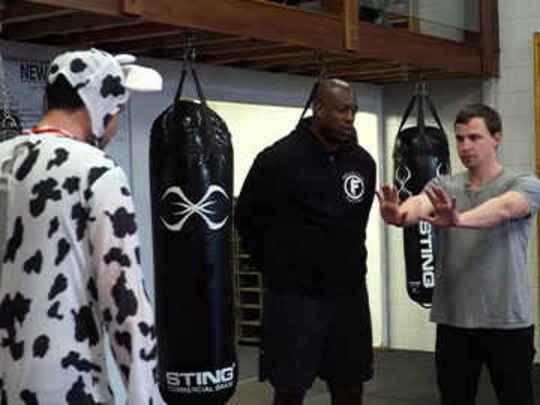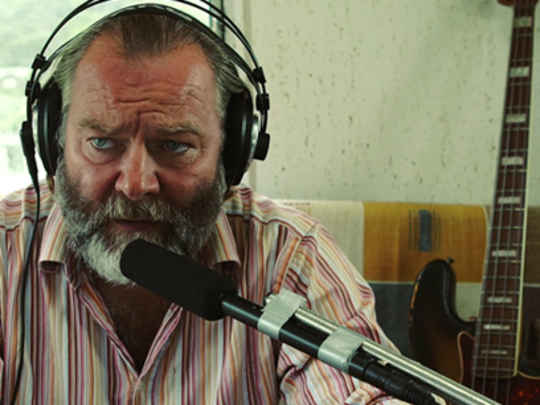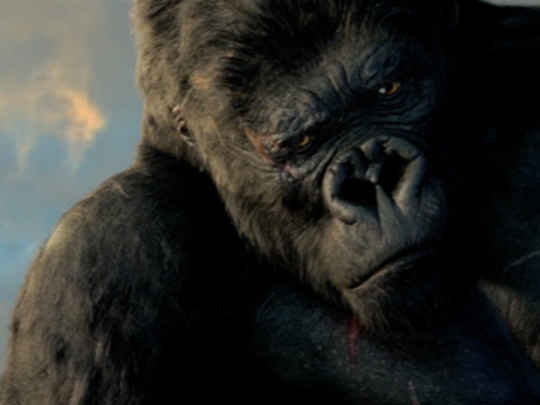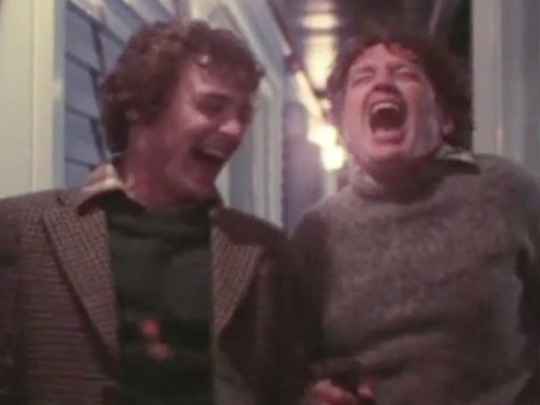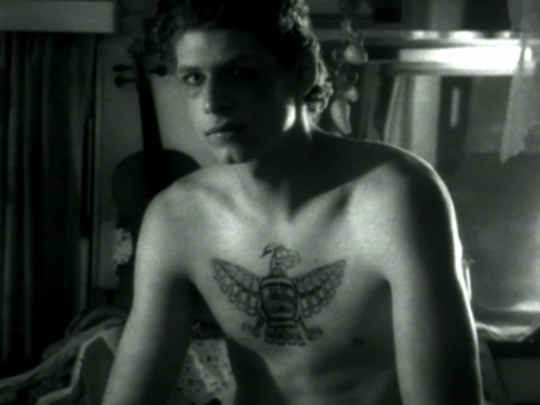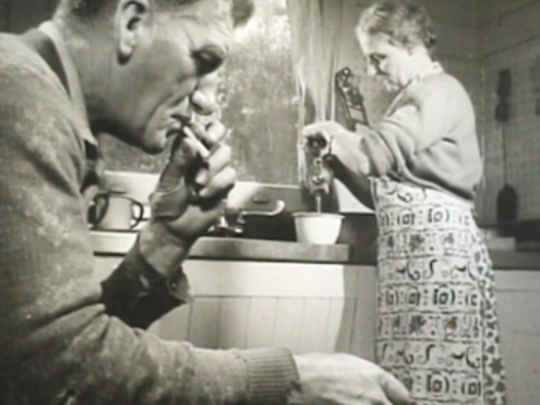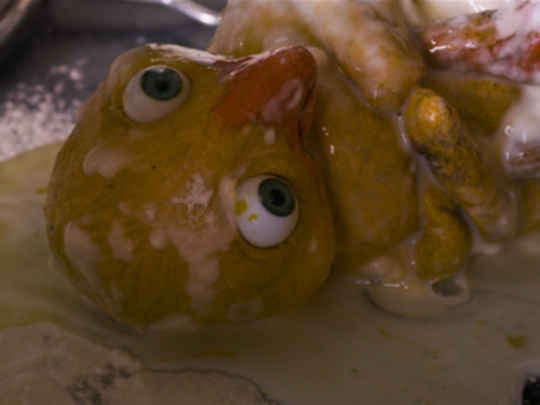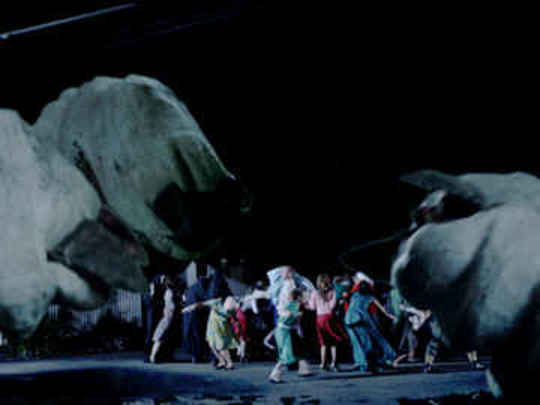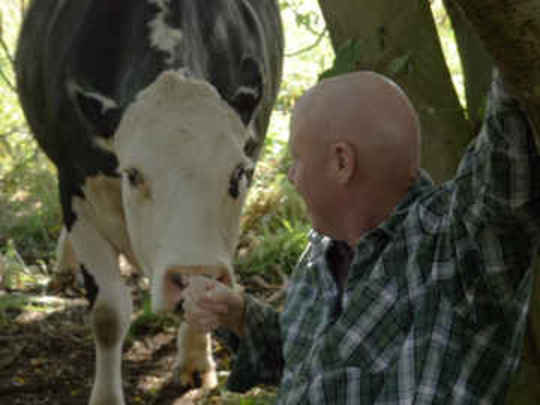Black Sheep
Film (Trailer, Excerpts, and Extras) – 2006
A perspective
"There are 40 million sheep in New Zealand... and they're pissed off!"
A great tagline, and a clean, simple poster campaign spearheaded the solid performance of this film in local and international markets. It's clearly a horror film, and it's meant to be funny. No confusion about the concept at all. A month before the film's release I overheard two teenage girls staring at the promotional display: "That looks awesome. I want to go see it." Job done.
Black Sheep explores a myriad of twists on New Zealand's defining woolly icon, as nature fights baa-ck. There are methane emissions, car seat covers, gourmet cuisine, drenching and, of course, sheep shagging. Some sensitive Kiwis might been wary of a concept based wholly around sheep jokes, but Jonathan King's debut feature gets the benefit of hybrid vigour as he doses a collection of hardy perennial splatter clichés with a generous dollop of silliness. King does an energetic job of wrangling his mutant flock into genre fan-pleasing pens.
An obvious touchstone is undead opus Shaun of the Dead. Closer to home, the bloody footsteps of splatter sultan Peter Jackson probably had more to do with showing King where to tread in mixing his scares with laughter.
The reviews were mostly positive, bemused at the concept of Kiwi bucolic bliss turned monstrously on its head, and praising King's cheek in pulling it off. Philip French in The Observer called it "a lively affair, extremely violent, full of black humour and what might be called shear terror." The New York Times wrote that "turning a notoriously docile, none-too-intelligent species into a source of menace is an impressive, if improbable, feat of filmmaking".
With a more than respectable international box office take (and a publicity generating appearance at the Toronto Film Festival — "destined for horror cult glory" — courtesy of several merino movie stars), Black Sheep demonstrated that horror is still a marketable genre worldwide, given enough novelty or marquee value to build a profile.
The film got both, by virtue of its New Zealand setting, and the participation of Richard Taylor and the Academy Award-winning Wētā Workshop, drawing on the enormous skills and infrastructure developed through the Lord of the Rings trilogy and King Kong.
To horror fans, who can be unusually switched on and well-informed about all things gloopy and latex, Weta's prosthetic and creature makeup effects offered a very positive incentive to see the film, and it got energetic buzz in genre rags. A flock of over one thousand animals, a small number of trained sheep and animatronic puppet creatures, were shepherded to bring the rampant underbelly of ovine rage to life.
Another interesting aspect of Black Sheep was the participation of a Korean investment company, Daesung Group. A few months prior to shooting getting underway, a historic agreement was signed between Daesung, local post-production facility Park Road Post, the NZ Film Commission, and Phillipa Campbell, Black Sheep's producer. Wētā Workshop had previously worked on the design of the title creature in Korean monster movie The Host, but this was the first Korean investment in a New Zealand film. No doubt, all parties hope there will be more to come.
- Filmmaker Costa Botes directed early sheep amok tale The Lamb of God, came up with the idea for Forgotten Silver, and was greviously injured by a Morris Minor in Bad Taste.
